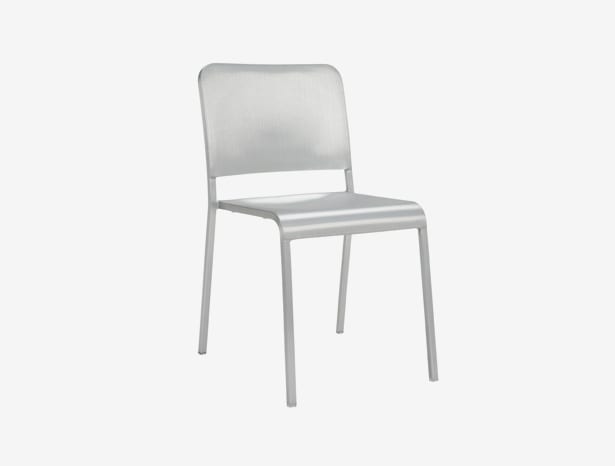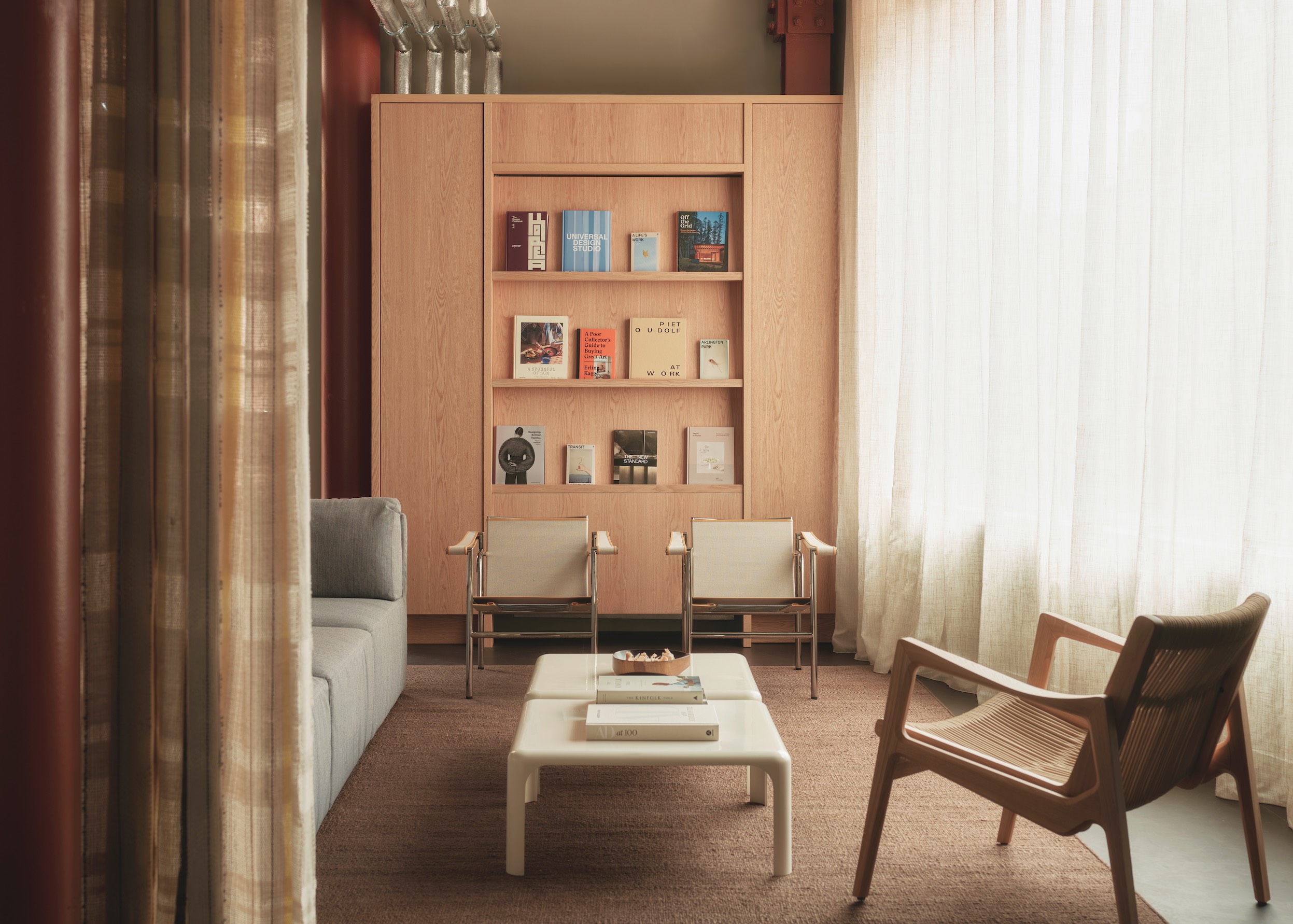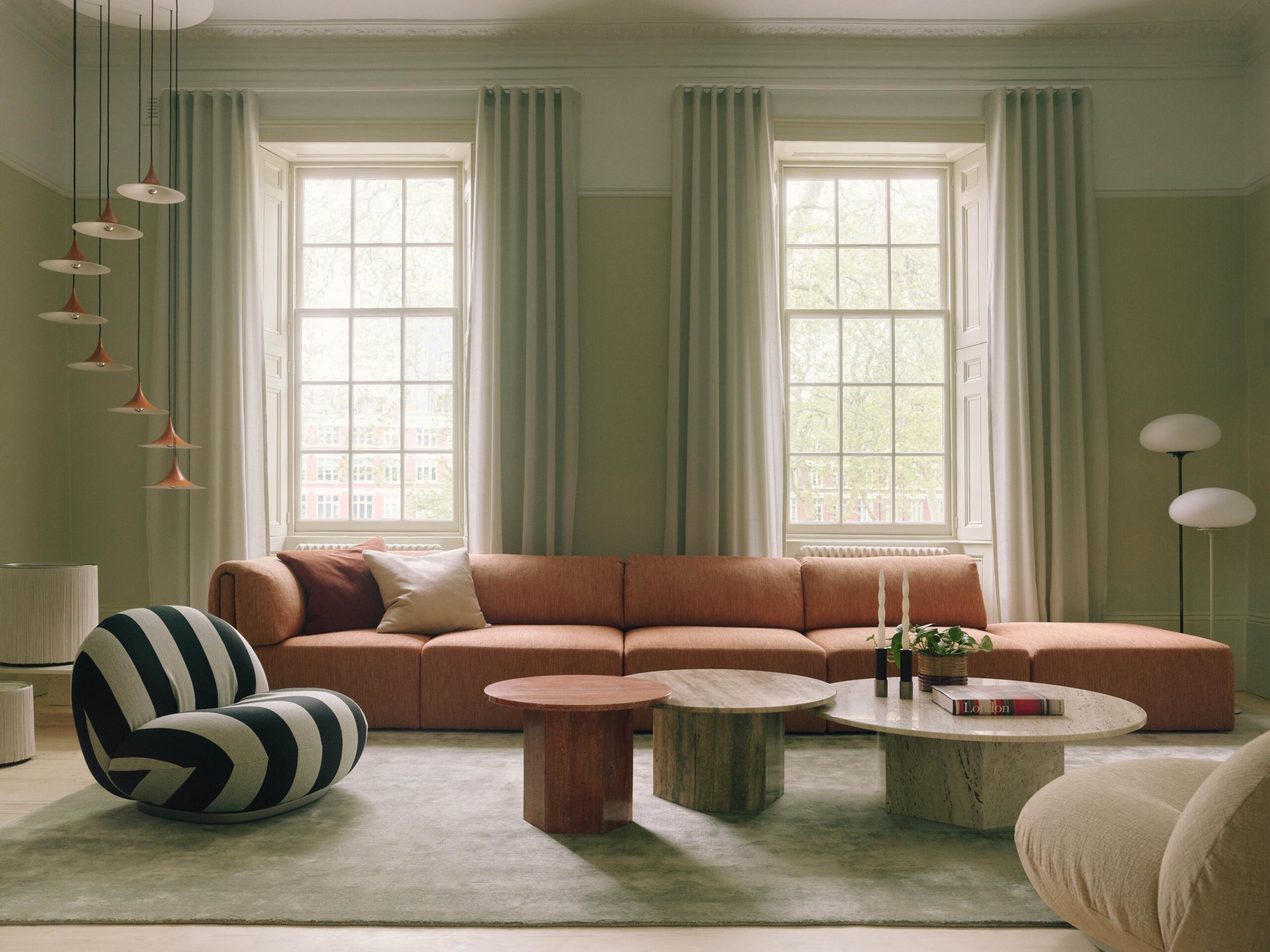 ||
||
 Ostensibly this column is about the 20-06 chair designed for Emeco by Foster + Partners, which featured in the first-ever issue of this magazine. But it’s absolutely impossible to discuss this particular product without going back to 1944 and the design of the US company’s original Navy chair. The 10-06 (to use the Navy’s real title) was inspired by conflict.
Ostensibly this column is about the 20-06 chair designed for Emeco by Foster + Partners, which featured in the first-ever issue of this magazine. But it’s absolutely impossible to discuss this particular product without going back to 1944 and the design of the US company’s original Navy chair. The 10-06 (to use the Navy’s real title) was inspired by conflict.
During the second world war, the US government gave Wilton Carlyle Dinges, founder of the Electrical Machine and Equipment Company, the task of creating a chair that could withstand abuse from water, salty air and sailors. They needed it to be strong but light and Dinges, not unreasonably, came up with aluminium as a suitable material.
However, the manufacturing process was by no means simple. According to the company’s website there are 77 steps involved, including forming, welding, grinding, heat-treating and anodising. The chair became a classic – being specified in both US prisons (because, however hard inmates tried, the chair couldn’t be broken up and transformed into a potentially lethal weapon) and high-end Conran restaurants alike (quite possibly for the same reason).
For many years that appeared to be the limit of the company’s ambition. Then in 1998 Emeco was taken over by Gregg Buchbinder and things began to change. I first came across him in 2000 very early one morning at a press launch during Milan’s Salone to introduce the firm’s Hudson chair by Philippe Starck. As memory serves they made quite a pair – the West Coast American wide-eyed at this new ‘design’ world he was encountering and the marketing-savvy, flamboyant Frenchman, completely comfortable in the spotlight.
It helped, too, that the product was a belter (particularly the polished version) and Starck, as ever, contrived to wrap it up in a beautifully told story. The designer, who had more recently been peddling his inexpensive plastic chairs, had undergone a Damascene conversion. Suddenly his new message was that heritage is the new recycling. Essentially his point was solid, even if at the time it seemed wildly contradictory to his career arc. The Hudson was pricey – after all, those highly skilled processes don’t come cheap – but here was a chair that would be passed down the generations (Emeco says its lifespan is 150 years).
It was a huge critical success and evidently gave Buchbinder a taste for more. In 2004 the company launched the Superlight, designed by Frank Gehry, and two years later it launched the 20-06. So, nearly a decade on, how has the Foster product stood the test of time? Pretty well I’d suggest. It is a hugely elegant piece of work and, like the Navy chair, manages to be ridiculously light (at 3.1kg), while at the same time being hugely strong – during its launch at Tent London, the advertising agency Wieden + Kennedy came up with the wheeze of tying the chair to a helium-filled balloon to show how easily it would float, while an adjacent model had a 380kg anchor plonked on to its seat to illustrate the weight it could withstand.
So it looks good, it’s strong and it’s light – oh and it stacks up to around 12 – however, as I sit down over coffee and chat to the company’s UK representative Ruth Ainger, managing director of Brands Limited, it doesn’t take long to realise that it isn’t particularly comfortable. In fact, I quickly swap to the aesthetically less pure but infinitely more commodious padded version with arms (which doesn’t stack).
Since its launch, the chair has been specified in buildings such as the cafe at the Maritime Museum of Denmark and the foyer of the Seattle Opera House, so it obviously has a market. However, I can’t help feeling that at more than £500 apiece I’d really want something I could linger on for a little bit longer. That said, at a time when we’re having the dangers of sitting down for protracted periods of time rammed down our collective throats, maybe I’m just being old fashioned.
As featured within the pages of the first-ever onoffice, how has Emeco’s Foster-designed chair from 2006 fared since?




















